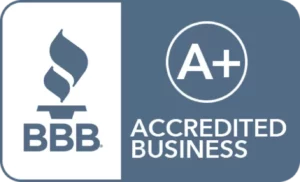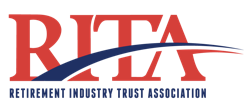Benefits of the Roth Solo 401(k)
The Roth Solo 401(k) is the best retirement plan for self-employed and small business owners. With the potential increase of federal and state income tax rates, the Roth Solo 401(k) gives you the ability to generate tax-free returns from your 401(k) investments. This is the last surviving legal tax shelter.
With a Roth Solo 401(k) (or Solo Roth 401(k) Plan), you can make almost any type of investment tax-free. This includes real estate, tax liens, precious metals, traditional investments, and more. When you reach age 59 1/2, you can take a distribution and live off your Roth 401(k) assets without having to pay tax on them.
If you begin to make contributions to your Roth Solo 401(k) in your 40s and generate a modest rate of return, you may retire with over $1 million tax-free. With this type of 401(k) plan, you have options. You can:
- Live off your investment income tax-free
- Take a portion of your Roth 401(k) funds and use it for any purpose
Roth Solo 401(k) Plan Advantage
The Roth Solo 401(k) retirement plan offers many advantages to small business owners and the self-employed. Tax-free investing is perhaps the most notable advantage of the Roth Solo 401(k) retirement plan.
Tax-free investing essentially means that all qualified distributions to a Roth Solo 401(k) account are tax-free. In other words, you don’t have to pay tax on distributions received. All income and gains you generate are not tax deductible.
Examples of Tax-Free Investing
Joe – Self-Employed Consultant
- Began funding Roth Solo 401(k) at age 20
- Contributed $3,000 annually until 65
- Earned $2.5 million at 65 (with the long-run annual compound growth rate in stocks)
Ben – Self-Employed Real Estate Agent
- Began funding Roth Solo 401(k) at age 30
- Contributed $8,000 annually until 70
- Earned $2.2 million at 70 (with an 8% rate of return on his investments)
Mary – Self-Employed Real Estate Investor
- Began funding Roth Solo 401(k) at age 35
- Contributed $13,000 annually until 70
- Earned $3.9 million at 70 (with a 10% rate of return on her investments)
The earnings that each investor makes is completely tax-free.
Features of a Traditional 401(k) and Roth IRA
The Roth Solo 401(k) has the best features of a traditional 401(k), with the power of tax-free investing one receives from a Roth IRA. Like the Solo 401(k) plan, if you are self-employed, the owner of a small business with no full-time employees, or an individual who earns self-employment income, the Roth Solo 401(k) is a wonderful retirement solution.
You still receive the same advantages as a Solo 401(k), but the income and gains you generate is tax-free. These features include:
- Higher Contributions – A Roth Solo 401(k) account allows after-tax contributions of up to $22,500. If you’re older than 50, you can make up to $30,000 in contributions.
- Unlimited Investment Opportunities – With a Roth 401(k) plan sub-account, you can invest your after-tax Roth 401(k) Plan funds into real estate, precious metals, private business investments, stocks, mutual funds, CDs and much more, tax-free.
- Loan Feature – With the Roth Solo 401(k), you still have the option to borrow $50,000 or 50% of your account value – whichever is less.
- Exemption from UDFI – When buying real estate with a Roth Solo 401(k), you can use leverage without being subject to the UDFI rules and UBTI tax. This exception provides significant tax advantages for investors who are interested in purchasing real estate with their retirement funds.
- Cost Effective Administration – Much like the Solo 401(k) plan, the Roth Solo 401(k) is easy to operate and requires no annual filing requirement except for Form 5500-EZ if your account exceeds $250,000 in assets.











